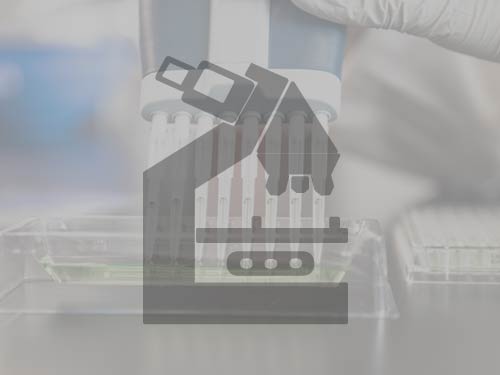Projets de recherche
Filtrer par:
 Delbès, Géraldine
Titulaire
Delbès, Géraldine
Titulaire
Périnatalité et transition à la parentalité en période de pandémie de COVID-19 – du social au...
Période
2021-01-01
2023-12-31
 Couture, Vincent
Titulaire
Couture, Vincent
Titulaire
Une horloge biologique pour les hommes ? Enjeux éthiques de la paternité à un âge avancé.
Période
2020-01-01
2022-12-30
 Breton, Sylvie
Titulaire
Breton, Sylvie
Titulaire
Récepteur P2Y14, inflammation et pré-éclampsie
Période
2020-01-01
2021-12-31
